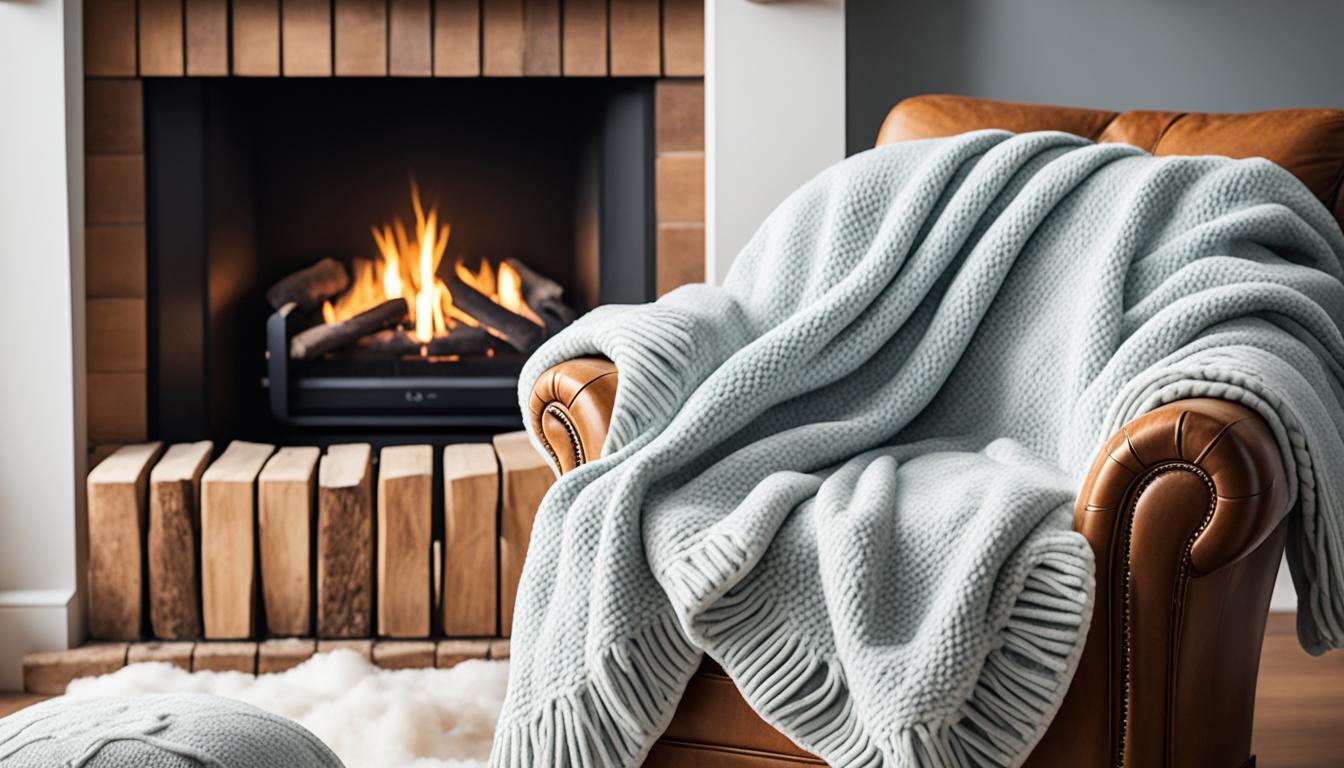Choosing the right blanket material is essential for comfort and warmth throughout the different seasons. This blog will explore various fabrics, their properties, and how they cater to different weather conditions and personal preferences.
Contents
Understanding Blanket Materials
1. Cotton
Cotton is a versatile fabric known for its breathability and moisture-wicking properties. It is an excellent choice for summer due to its lightweight nature, allowing for a cooling sensation during warmer nights. Additionally, cotton blankets are durable and hold up well to repeated washing, making them ideal for maintaining a clean sleeping environment, especially for those prone to allergies.
2. Wool
Wool blankets are renowned for their insulating properties, making them perfect for winter months. They can absorb moisture while still keeping you warm, which helps regulate temperature and prevent sweating during colder nights. Wool’s natural fibers also provide antimicrobial benefits, reducing odors and allergens in the bedding. However, some may find wool itchy; modern wool blankets often feature softer textures to enhance comfort.
3. Fleece
Fleece blankets are synthetic and known for their plush feel and warmth. They are particularly popular among children and those with sensitive skin due to their softness. Fleece provides excellent insulation without being overly heavy, making it suitable for both winter cuddling and summer nights when extra warmth is desired[4][5]. However, fleece can attract static electricity and may not be as breathable as natural fibers.
4. Cashmere
Cashmere blankets are luxurious, soft, and warm, derived from the undercoat of cashmere goats. While they are on the pricier side, their lightweight nature makes them ideal for layering during colder months or using as a throw in cooler summer evenings. Cashmere also has hypoallergenic properties, making it suitable for individuals with sensitive skin.
5. Minky Fabric
Minky fabric is another soft option that has gained popularity in recent years, especially for children’s blankets. It is plush and moisture-absorbent, providing a cozy feel that many find comforting. Minky blankets are often machine washable and retain color well after multiple washes, making them practical for everyday use.
6. Linen
Linen is made from the flax plant and is celebrated for its breathability and moisture-wicking capabilities. It is an excellent choice for summer as it helps keep you cool while providing a light layer of warmth during breezy nights. Linen blankets tend to become softer with each wash, enhancing their comfort over time.
Seasonal Considerations
When choosing a blanket material, consider the season:
- Winter: Opt for wool or cashmere blankets that provide warmth and insulation against colder temperatures.
- Summer: Lightweight cotton or linen blankets are ideal as they allow air circulation and help wick away moisture.
- Transitional Seasons (Fall/Spring): Fleece or minky fabrics can offer additional warmth without being too heavy.
Human Experience with Blankets
The experience of cuddling under a blanket can vary based on material choice:
- Breathability: Fabrics like cotton and linen allow for airflow, preventing overheating during warmer nights.
- Moisture Management: Wool’s ability to wick away moisture ensures that you stay dry while sleeping, reducing discomfort from sweating.
- Sensitivity: For individuals with sensitive skin or allergies, hypoallergenic options like cashmere or synthetic fleece may provide the best comfort without irritation.
Conclusion
Selecting the best blanket material involves considering the seasons, personal preferences, and specific needs such as sensitivity to allergens or temperature regulation. Whether you prefer the softness of cotton in summer or the warmth of wool in winter, understanding the properties of each fabric will help you make an informed decision that enhances your sleeping experience throughout the year.

